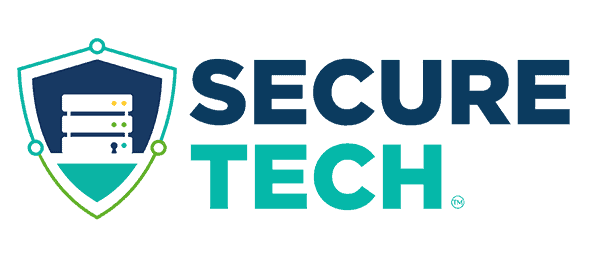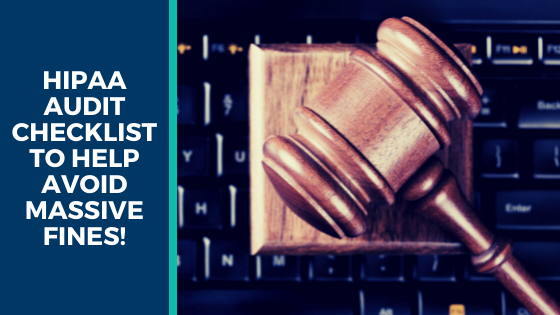If your business manages private health information, you are subject to the Healthcare Insurance Portability and Accountability Act (HIPAA). And you must adhere to HIPAA regulations covering the privacy and security of patients’ data to avoid being fined. Keep reading to get a breakdown of the regulations for your HIPAA Audit Checklist.
The HIPAA regulation was implemented in 1996 to ensure the protection of Protected Health Information (PHI) of patients. This regulation applies to healthcare organizations or companies that deal with private health information.
Failure to comply with these regulations attracts massive fines, criminal charges, and lawsuits.
So, in this article, we will be discussing the steps involved in a HIPAA audit and how companies can use the checklist to ensure they are compliant.
HIPAA Audit Checklist Security Rule
The HIPAA Security Rule refers to the regulations that must be adhered to secure and safeguard electronic Protected Information (ePHI) when it is at rest and in transit.
This rule is divided into technical, physical, and administrative security measures. You must address all the measures to ensure that you are HIPAA compliant.
Technical Safeguards
Technical security measures apply to the technology used to secure, access, and transmit the ePHI.
First, it is essential to have security firewalls that can protect the company’s servers from intruders.
Also, data encryption is necessary. If the patients’ data leaks outside the organization’s server, they should be unreadable and unusable to a third party. Your encryption must also be in line with the National Institute of Standards and Technology (NIST) standards.
Other required measures include:
Implementation of access control: Every individual who has access to the ePHI must have unique login credentials. There should also be protocols governing the sharing or release of these details in emergency cases.
Automatic logoffs of devices and computers: Authorized users should be logged out of their devices after a predefined period. This prevents unauthorized access if the device is stolen or unattended.
Authentication of ePHI: This is done to detect any data that might have been altered or destroyed.
Activity logs and audit controls: This is to record every access to the ePHI and whatever is done with the data after it was viewed.
Physical Safeguards
Physical Safeguards relate to the physical access to protected health information, whether on an internal server or remote data center. It also covers the hardware media used to store and transmit data and how the workstations should be safeguarded.
To comply with the HIPAA standards, organizations are required to:
Implement facility access control: This is to manage those who have physical access to the location of the data. And also to prevent theft and unauthorized access.
Establish policies to govern workstations: There should be a set of rules guiding the workstations with access to the ePHI. This should include their functioning, restrictions, and protective measures.
Manage records and hardware inventory: Healthcare organizations must provide a detailed history of every movement of the ePHI and a list of all hardware.
Establish policies to govern mobile devices: Also, organizations must have specific protocols regarding removing ePHI data from the devices of employees who leave or their devices got stolen or lost.
Administrative Safeguards
These include policies and regulations put in place by an organization to ensure compliance. Examples are – staff training, risk assessments, risk management policies, etc.
For a company to be HIPAA compliant, it must:
Conduct risk assessments: Risk assessments can be conducted to identify the areas the ePHI is used and look out for risks for any potential breach. This assessment must be done regularly by a security officer.
Establish a contingency plan: A plan should be made for emergencies. This will enable a smooth continuation of critical business operations while considering the security of the ePHI.
Implement a risk management policy: Policies must be established to ensure that the risks are brought to a minimal level. Also, there should be sanctions for non-compliant employees.
Prevent unauthorized access: Companies should ensure that private health data are not accessed by unauthorized individuals or bodies such as contractors, parent companies, etc.
Train their staff: Companies should organize training schedules for their team on security policies and procedures. For example, staff should be trained to detect malicious software attacks and malware.

